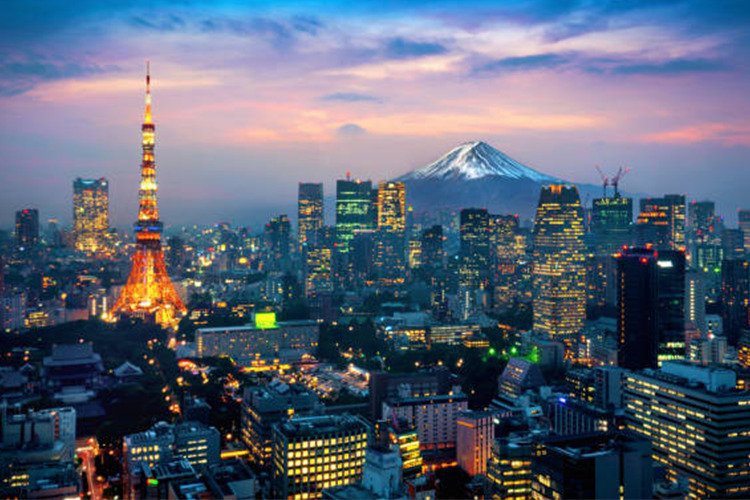
Tokyo, the capital of Japan, is just one of the cities impacted by the earthquake last month. photo courtesy of iStock
An earthquake with a magnitude of 7.4 struck Fukushima just days after the 11th anniversary of the Fukushima Nuclear Disaster.
Last month, on March 16th, the Fukushima region of Japan was struck by an earthquake with a magnitude of 7.4. At a depth of 36 miles below sea level, the quake hit Japan at 11:36 p.m. according to the Japanese Meteorological Agency. Japanese authorities reported four confirmed deaths and hundreds of injuries. However, no devastating tsunamis reached the Japanese coast. Moreover, the surrounding area faced blackouts and billions of yen worth of damage according to Reinsurance News. Specifically, Renesas Electronics Corporation, an automotive chip manufacturer, faced blackouts that halted production for multiple days, adding to the chip shortage that has caused car production issues worldwide.
Furthermore, after the quake, Murata Manufacturing, a company that produces smartphone parts, halted production after subsequent fires in their factory. In addition, Toyota will have to work at a lower capacity that has already been reduced due to the COVID-19 pandemic. This slowed production will further worsen the global automobile shortage.
Among the incidents reported during the quake, perhaps the most striking was a bullet train that carried passengers from Fukushima Station to Shiroishizao Station derailed. Miraculously, none of the 78 passengers and crewmates faced serious injuries. According to the Ministry of Land, Infrastructure, Transport, and Tourism, the bullet train is only the second to derail in Japanese history. The route most impacted by the earthquake, the Tohoku Shinkansen, has had to run on limited capacity and reduced speeds but will resume full operation on April 14, 2022. The damage inflicted on the transportation infrastructure across the country is estimated to be worth 20 billion yen.
After the quake, blackouts struck across the region as multiple power plants went offline. As a result, according to the Tokyo Electric Power Company, over 2.2 million households were temporarily left without power. To help ease the strain on the country’s power grid, the Japanese government narrowly avoided economically devastating blackouts by instituting strict power-saving measures such as reduced use of thermostats.
Fukushima is no stranger to powerful earthquakes. In 2011, Japan was struck by one of the most severe earthquakes in recent history. The magnitude 9.1 quake devastated the area of Fukushima, and the subsequent tsunami that traveled six miles inland led to the Fukushima Daiichi Nuclear Reactor meltdown. Over 19,000 individuals passed away and 150,000 residents of the greater Fukushima region had to evacuate due to the nuclear fallout. The severe winter weather slowed rescue efforts, which resulted in more deaths. To this day, health issues resulting from the nuclear disaster are still impacting residents of the Fukushima region. There is speculation from the Japan Meteorological Agency that this recent quake was an aftershock of the 2011 earthquake.
The lower magnitude of the quake in addition to more robust safety precautions put in place since the 2011 natural disaster, and better weather led to successful rescue missions and ultimately less death.